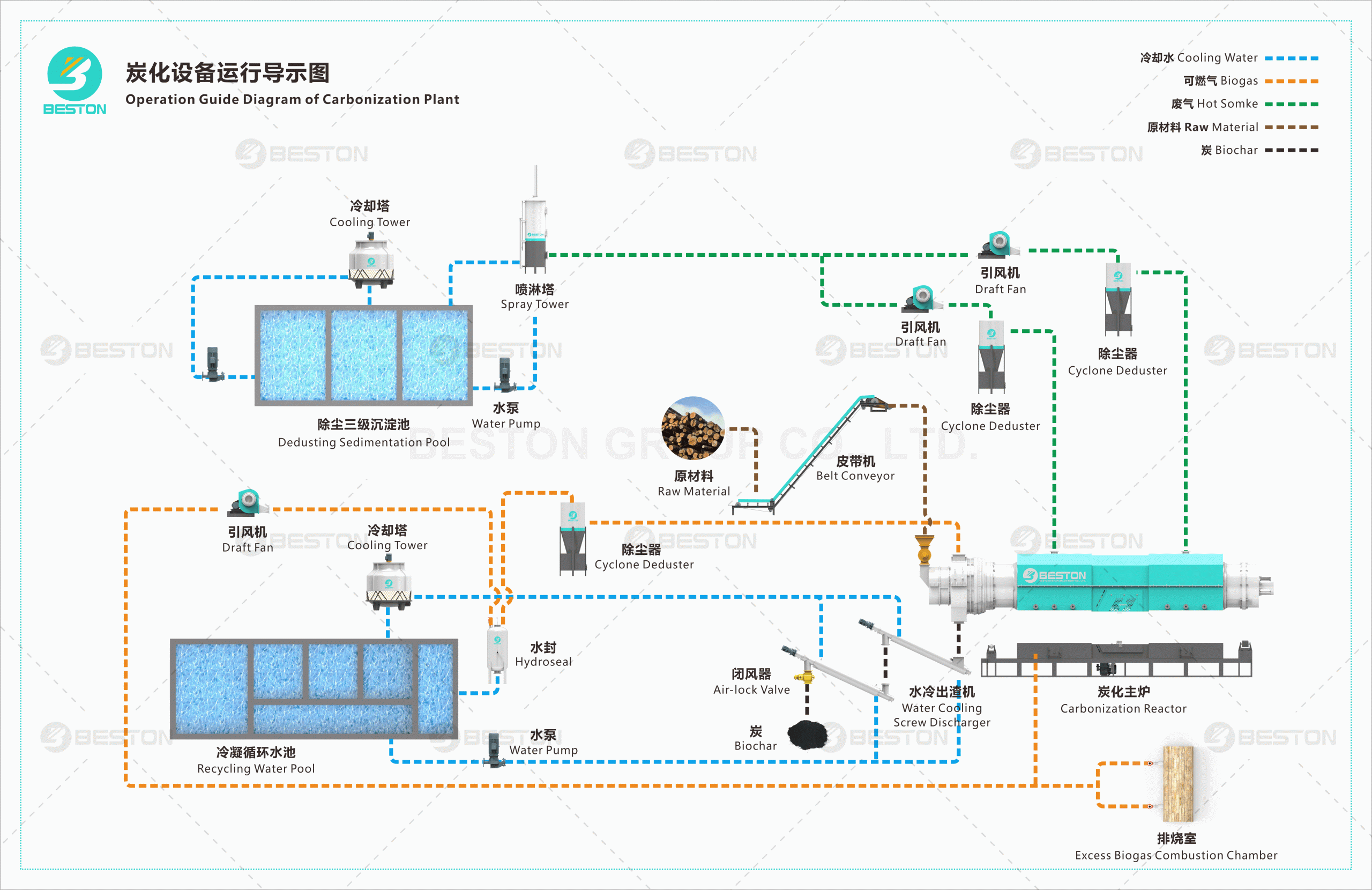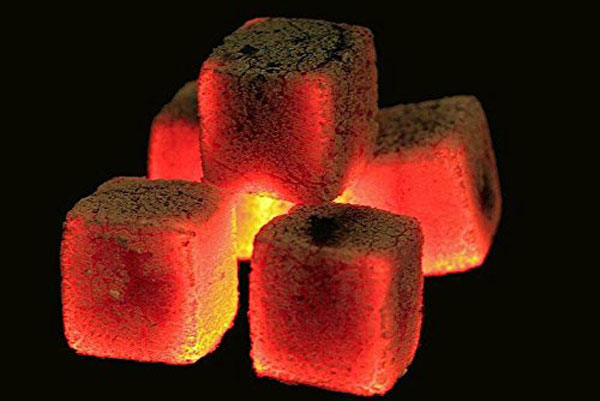Coconut shell charcoal, renowned for its high carbon content and clean-burning properties, is a prized commodity in various industries. To create this valuable product, you need the right equipment and a step-by-step process.
Producing high-quality coconut shell charcoal involves a series of steps, from sourcing and drying the raw material to the carbonization process using specialized carbonization equipment like the coconut shell charcoal making machine. In this guide, we’ll explore the art of producing coconut shell charcoal using a charcoal maker machine and carbonization equipment, including a coconut shell charcoal making machine.
Steps of Coconut Shell Charcoal Production
Step 1: Harvesting and Collection
The first crucial step is sourcing quality coconut shells. These shells can come from agricultural waste or coconut processing plants. It’s vital to ensure that the shells are clean and free from contaminants, as this will impact the quality of the final charcoal.
Step 2: Drying the Coconut Shells
Before carbonization can begin, the moisture content of the coconut shells must be reduced. Excess moisture can hinder the carbonization process. The shells are typically dried in the sun or using industrial drying equipment until their moisture content reaches an optimal level.
Step 3: Carbonization Process
The heart of coconut shell charcoal production lies in the carbonization process. This is where the carbonization equipment comes into play. There are various types of carbonization equipment available, but let’s focus on the use of a coconut shell charcoal making machine:

Loading the Machine:
- The dried coconut shells are loaded into the carbonization machine’s chamber.
Sealing the Chamber:
- The chamber is tightly sealed to create a controlled environment with a limited oxygen supply.
Heating and Pyrolysis:
- The machine heats the coconut shells to high temperatures in the absence of oxygen, a process known as pyrolysis.
- During pyrolysis, the organic materials in the shells break down into charcoal and volatile gases.
Cooling:
- Once the carbonization process is complete, the charcoal is left to cool inside the machine.
Step 4: Collecting and Sorting
After cooling, the coconut shell charcoal is removed from the carbonization equipment. It may be in the form of lumps or briquettes. These are then sorted to remove any impurities or uncarbonized materials.
Step 5: Final Processing
To ensure the highest quality, the coconut shell charcoal may undergo further processing steps:
Crushing and Sizing:
- The charcoal may be crushed and sieved to achieve a specific particle size.
Activation (Optional):
- Some coconut shell charcoal is further processed through activation to increase its adsorption capacity. This is commonly used in the production of activated carbon for various applications.

Step 6: Packaging and Distribution
The final coconut shell charcoal product of the biochar production equipment is packaged in bags or containers suitable for its intended use. It can be distributed to various industries, including the food industry (for barbecue charcoal), industrial applications (for filtering and purification), and even as a soil conditioner in agriculture.
Benefits of Coconut Shell Charcoal
- High Carbon Content: Coconut shell charcoal boasts a high carbon content, making it an excellent fuel source.
- Low Ash Content: It produces minimal ash compared to other types of charcoal.
- Clean-Burning: Coconut shell charcoal burns cleanly, emitting fewer pollutants and less smoke.
- Versatile: It has a wide range of applications, from cooking to water purification.
- Renewable: Coconut shells are a sustainable resource, as they are a byproduct of the coconut industry.